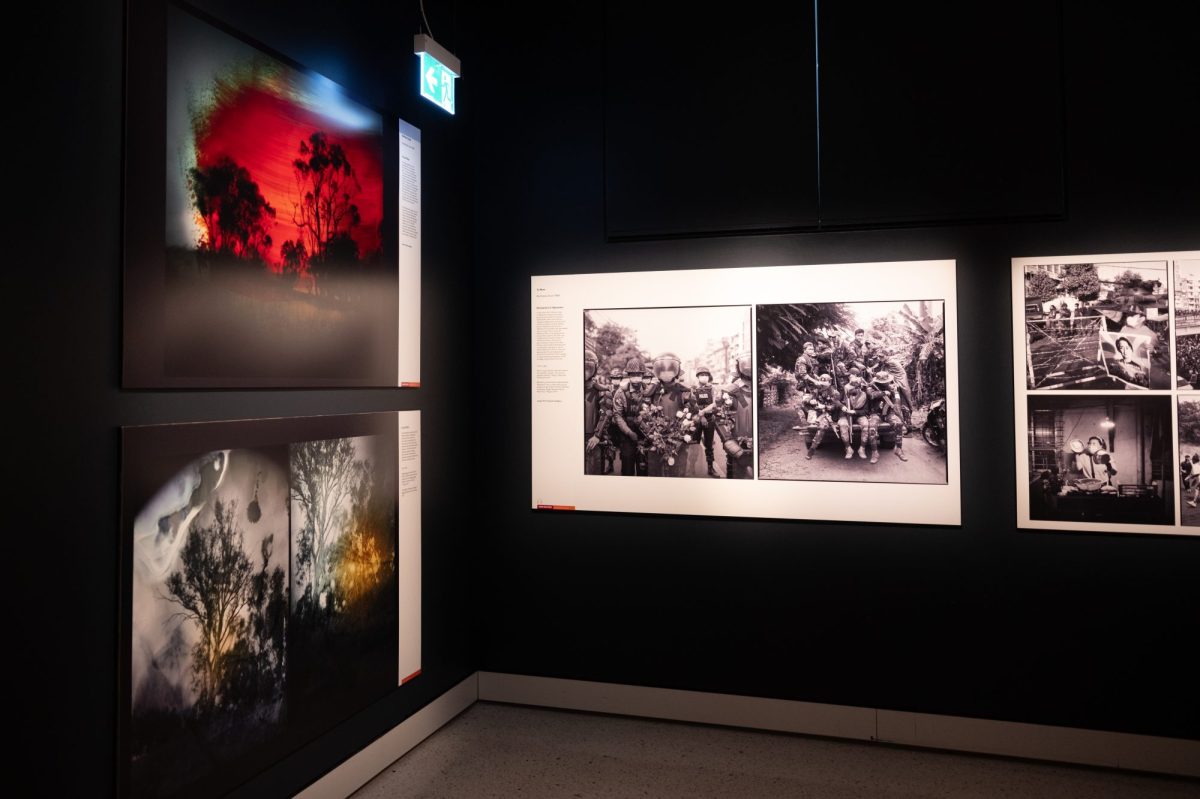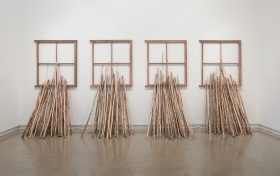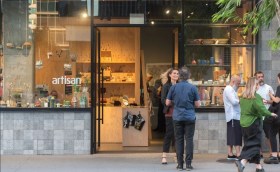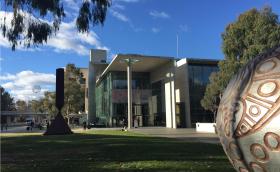The World Press Photo Exhibition features images showcasing visual journalism to a worldwide audience and displays selected works from the 68th World Press Photo Contest. The annual exhibition attempts to share the best in photojournalism and documentary photography from 2024.
The winners this year were chosen by an independent jury of 31 professionals who reviewed more than 59,320 photos from 141 countries. The selection of photos document historic world events and highlight these events from different perspectives.
Prior to viewing the World Press Photo Exhibition, the audience attended a presentation hosted by Fujifilm Australia and Australian photojournalist, Dr Michael Coyne, who has over 40 years’ experience in covering a range of international stories – including those from the Asia Pacific and Iran.
Coyne spent many years deep inside Iran and was able to capture exclusive perspectives of a country to which other journalists had limited access and recounted his afternoon visits to a mosque frequented by Ayatollah Khomeini. Coyne is credited with being one of the last people to photograph Khomeini alive.
Using a slide style presentation, Coyne shared harrowing images that showed human and animal corpses, and other photos of profound human suffering that included a child of a Kurdish shepherd who had survived a minefield explosion and who was left almost unrecognisable.
His address offered concrete photographic advice for photographers and those interested in the field. He said, “Great photojournalism has the power to capture the truth”, and added that while journalists could plan, all that planning comes down to just finding one rare moment.
When asked about what has gone through his mind in moments when his life has been under immediate threat, he responded, “I thought of my mother.” He also noted that when dealing with people experiencing trauma or facing the end of their life, they have made the same comment to him – “they think of their mothers”.
It was noticeable that Coyne focused more on sharing objective information of facts, photographic techniques and photojournalism than he did on telling stories about the individuals seen in his photos. When asked about how he deals with the sadness and trauma he has witnessed, he answered that he finds it best not to relive those moments.
There is a warning on entering the World Press Photo Exhibition that the event contains confronting and distressing images; however, there was no warning provided in relation to the presentation given by Coyne. For those from cultural backgrounds who find seeing these types of images difficult, Coyne’s style of presentation and this exhibition may not be suitable.
Inside the exhibition there are a small range of powerful and confronting images accompanied by explanatory descriptions. The photos address political issues from all over the world and include a picture taken by Jabin Botsford of the attempted assassination of Donald Trump at a campaign rally in Bulter, Pennsylvania.
Other works include Oliver Farshi’s shots of a residential neighbourhood in Washington where the terminally ill go to spend their last hours, Carlos Barrera’s images of El Salvador’s prisoners with limited rights to due process under the law, Florian Bachmeier’s photo of traumatised six-year-old Ukrainian, Anhelina, who lies motionless on her bed, and a series of pictures that show women’s bodies as battlefields taken by Cinzia Canneri.
Another series of images, Bullets Have No Borders, by Ebrahim Alipoor, stand out. An exceptional storyteller, Alipoor illustrates the struggle of poverty-stricken Kurdish porters who exist in the mountains on the border between Iraq and Iran. Alipoor includes in his collection a simple black and white photograph of a young man from Tehran who shares a heart-breaking kiss of farewell with his mother before he embarks on a journey to Europe to find a better life – her love and grief is captured in their last moments together – and it is palpable, emotive and unforgettable.
The World Press Photo of the Year is Samar Abu Elouf’s image of Mahmoud Ajjour: a nine-year-old Palestinian who was injured in an Israeli assault. In an act of heroism, Ajjour turned back to urge others onward but was hit by an explosion that severed one of his arms and mutilated the other. Ajjour survived and was evacuated to Qatar. He is now learning to use his feet as a substitute for his hands.
The unintentional issue that arose during Coyne’s talk and while examining the World Press Photo Exhibition are concerns over the sacredness and privacy of human trauma, death and suffering. That is, is it acceptable to publicly depict humans or animals in their most profoundly agonising and intimate moments for the purpose of capturing a historical fact or event and – the bigger question still – has their consent been obtained?
Read: Dance review: BLKDOG, RISING, Playhouse
Many photojournalists appear to reconcile this dilemma though a genuine desire to document facts, inform the public and push for change. However, there is a sense that this may not always be the case.
This exhibition will appeal to those who appreciate photojournalism and have an interest in sociopolitical world affairs. The content is emotionally challenging, and some viewers may find it triggering.
World Press Photo Exhibition
Exhibition Galleries, State Library of NSW
Presenter: Dr Michael Coyne
Free admission
The World Press Photo Exhibition will run until 6 July 2025.






